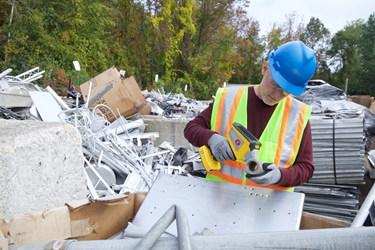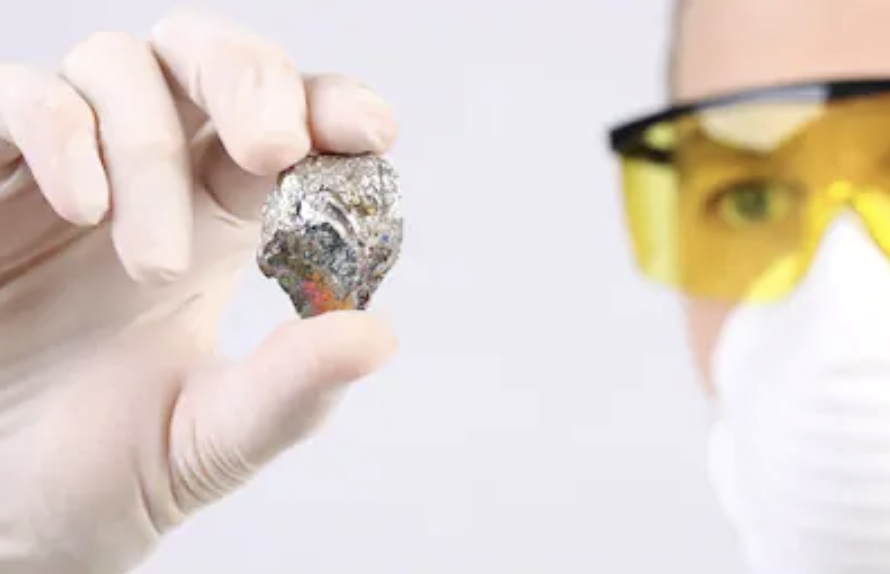Common Metal Identification Techniques
Why Identify Metal?

In a world where disposable consumer items increasingly are made of plastics, metals still form the backbone of equipment and facilities for construction, aerospace, utilities, electric production and manufacturing industries. Durable goods like cars, and consumer goods like razor blades, all require specific metal alloys to ensure the product holds up in use. Alloys are metals which are a blend of metal elements in pre-determined proportions, each providing a desirable characteristic, like temperature resistance, hardness, corrosion resistance or strength.
Identifying the specific metal alloy and ensuring the alloy correctly meets engineering specifications can be critical to product performance and to health and safety.
Traditional Identification Techniques
Before the introduction of modern technical testing, metal identification was often a subjective experience, yielding questionable results. These methods included judging the metal by its appearance, spark, hardness and even taste.
The appearance test considers the colors of the metal and marks that may appear on the surface. The spark test uses a grinding wheel against the surface to create a spark stream. To identify a metal, the user considers the length, colors and form of the stream.
The hardness test uses a Rockwell hardness gage to make an indentation in the surface using a cone-shaped point in a testing machine. The Brinell hardness test measures the area of impression on the metal, which is then given a hardness number that can assist in identification.
While the taste test isn’t a teachable science, many old-school scrap dealers claimed to be able to separate key metal types by the difference in metallic taste when a piece was placed to their lips.
Modern Techniques
Modern metal identification techniques incorporate advanced technology to improve both accuracy and testing speed. These techniques are known to identify specific elements and their concentration in a piece of metal, thus confirming whether the proper alloy is in use.
Hand-held X-ray fluorescence (XRF) analyzers can provide accurate alloy identification within seconds of testing. XRF analyzers excite the surface of a metal sample using low-energy x-rays. The sample is excited by the x-rays and sends back unique fluorescent x-ray signals from each element. The signals are read by the analyzer, which determines which elements and the concentration of each. XRF is a non-destructive technique.

Hand-held Laser Induced Breakdown Spectroscopy (LIBS) analyzers use a highly energetic laser pulse to excite the surface of metal sample causing a microscopic amount of material to flash into a plasma, emitting light from each element in the material. The light is analyzed to identify which elements are present, their concentration, and the name of the alloy within three seconds. This metal identification technique can usually be considered non-destructive to samples.
EON’s Solution
Available for purchase or rent, EON Products supplies handheld X-Ray Fluorescence (XRF) Analyzers and portable Laser Induced Breakdown Spectroscopy (LIBS) Analyzers that allow rapid, accurate metal identification and elemental quantification.
EON has the right type of equipment and supplies to assist with all metal identification projects. Applications may include lead in paint surveys, environmental screening for metals in soil, plastics, bulk material and consumer goods, forensics, archeology, positive materials identification (PMI), pipeline certification, alloy ID and Q/A for manufacturing and scrap, mining and exploration, precious metals analysis, hazardous metal measurement, gold karat weight, and more.
For more information regarding common metal identification techniques or our products, contact our team today.
